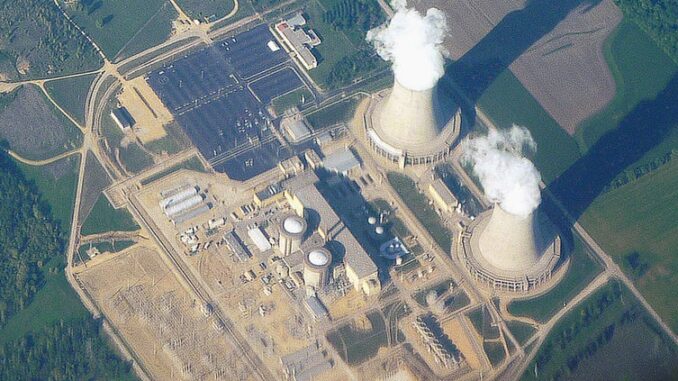
The closure of four commercial reactors at the Byron and Dresden nuclear power stations in the US, which are licensed to operate for between another 10 to 20 years, would cause Illinois consumers and businesses to pay $313m more annually for electricity, or $3.1bn more over a decade, according to an updated report on the economic losses and environmental impact of the planned shutdowns.
The new version of the Brattle Group’s Illinois Nuclear Impacts Report says the two stations boost Illinois’ economy, generate money for local communities and support thousands of family-sustaining jobs in their regions.
The Byron and Dresden stations alone prevent more than 20 million metric tons of CO2 each year – like taking nearly 4.5 million cars off the road.urely economic reasons.
Christopher Crane, president and chief executive officer of Exelon, wrote in a Chicago Sun-Times opinion column recently that the failure of national energy markets to support clean energy will soon force the premature retirement of Byron and Dresden, putting thousands of people out of work, raising energy costs, and taking the US decades backward in the fight against climate change.
Mr Crane urged Illinois policymakers to act quickly, as they face critical decisions about the future of energy that will affect the state’s environment, the economy, and the health of every family for years to come.
He said if the Byron and Dresden nuclear power stations close as planned, northern Illinois will lose 30% of its carbon-free energy and it will cost billions of dollars and multiple decades just to build enough new sources of clean energy to get the state back to where it is today.
The two units at Dresden are licensed to operate for another decade and two units at Byron for another 20 years. However, Byron now will close in September 2021 and Dresden in November 2021.
According to Exelon, despite being among the most efficient and reliable units in the nation’s nuclear fleet, Dresden and Byron face revenue shortfalls in the hundreds of millions of dollars because of declining energy prices and market rules that allow fossil fuel plants to underbid clean resources in PJM Interconnection capacity auctions.



